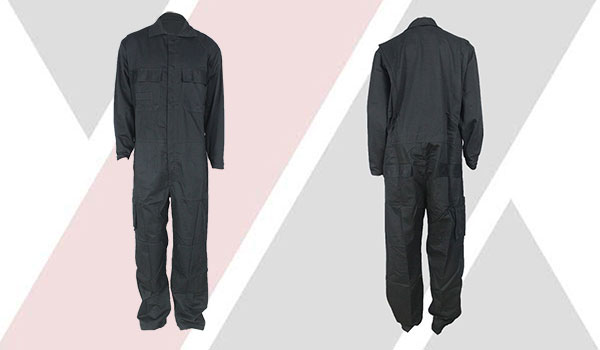


The highest level of breathing, skin and eye protection is available.
Provide breathing gas (SCBA or gas pipeline); fully enclosed chemical protective clothing; inner and outer chemical protective gloves; chemical protective boots; hard caps.
The following must be worn:
It is possible to test (or possibly) have high concentration of steam, gas and dust environment; it is likely to accidentally splash, immerse or expose to steam, gas and dust, cause damage to the skin or can be absorbed through the skin; it may have a high degree of injury to the skin, and the surface cannot avoid contact to the skin at the same time; the operating environment is ventilated, A class a needs to be protected.
B level protection
The same level of respiratory protection, skin protection is the worse, and the lowest level of protection for dangerous goods.
Providing breathing gas (SCBA or gas pipe):
Chemical products, splash proof clothing; inner and outer chemical protective gloves; chemistry; hard cap.
The following must be worn:
IDLH environment (inhalation only) does not cause serious skin damage, or does not meet the condition of making filters; substances with known contact properties and concentrations require high respiratory protection, low skin protection, oxygen concentration less than 19.5%; the instrument can not fully detect steam or gas, but it is harmless to the skin or without skin absorption.

D level protection
No respiratory protection, minimum skin protection:
Conjoined suits; chemical protective gloves; chemical protective boots; safety glasses or eyeglasses; hard caps.
Wear the following cases:
There are no known harmful gases in the atmosphere; there is no possibility of liquid splashing, immersion in liquids or exposure to any harmful chemicals in the work.
PREVIOUS POSTWhat Protective Equipment is Needed for The Electrical Workers
PREVIOUS POSTStorage Requirements for Anti Arc Clothing